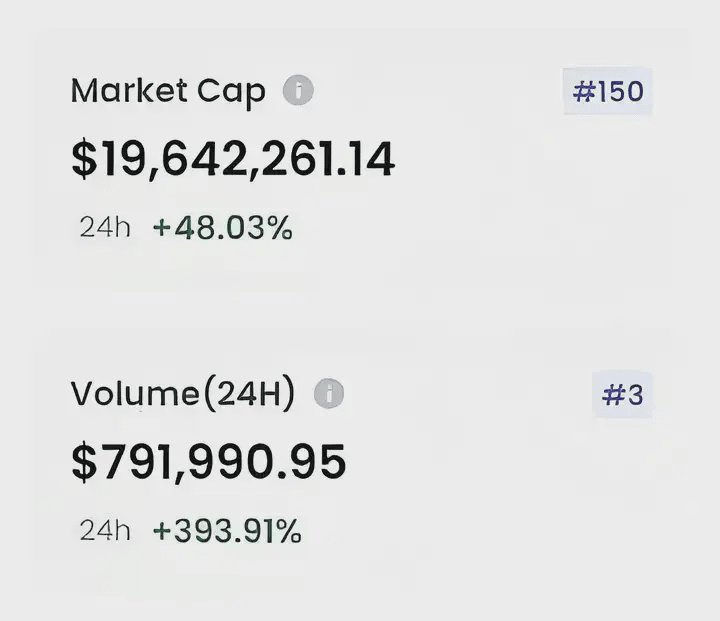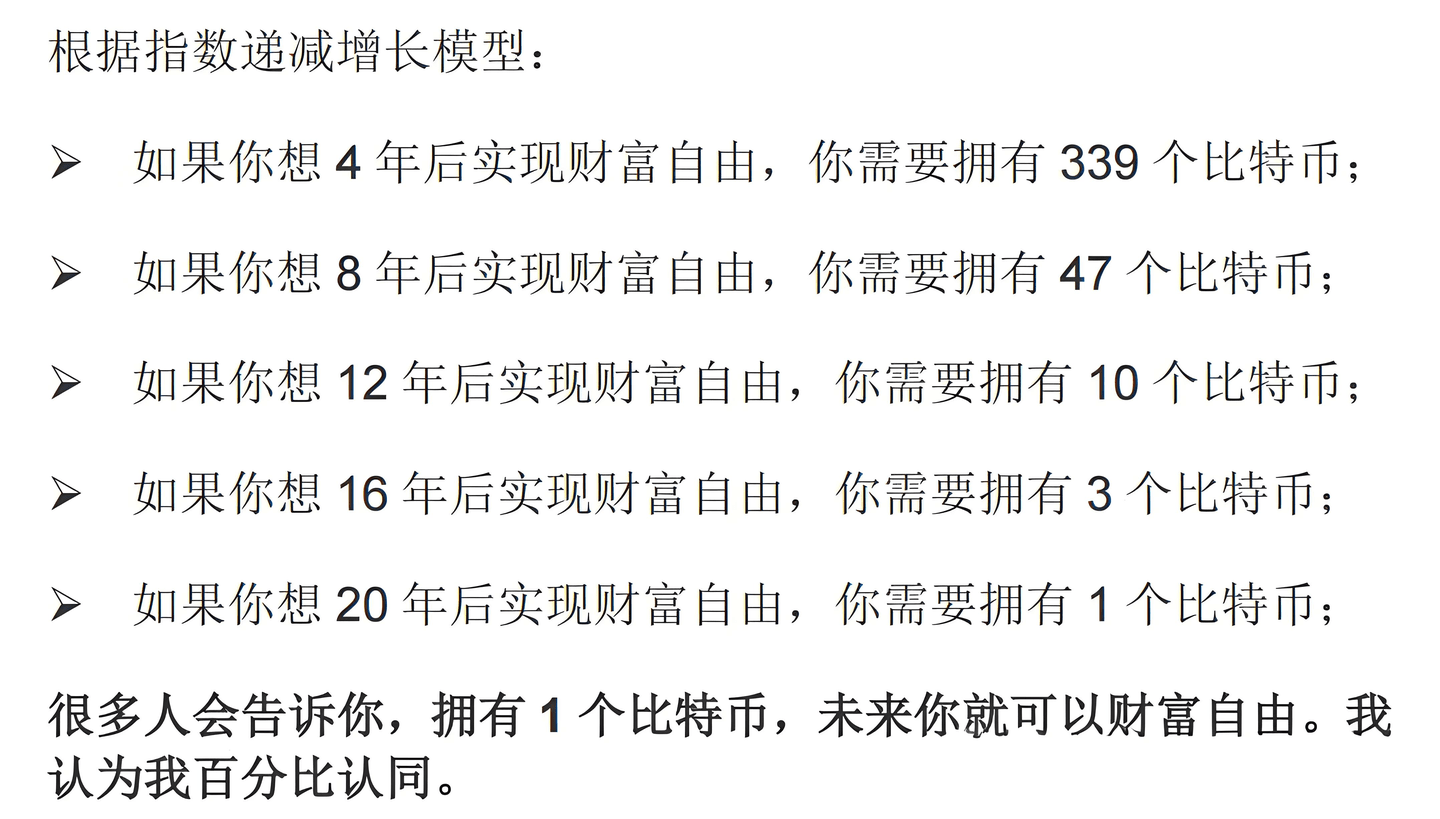Turning "Mnemonics" into "Flowcharts" — My Emotional ATM for Ten Years on the Chain (A Replicable 6-Dimensional Risk Control System + 4 Low-Threshold Strategy Templates)
1. One sentence awakens the dreamer
The veteran investor invested 50,000 and now has 40 million in on-chain assets. He only had one thing to say to me:
“The market is always a collection of emotions. Turn it to silent mode and it becomes an ATM.”
The underlying logic: On-chain assets trade 24/7, and sentiment is amplified 10-fold by leverage. Whoever can reduce emotional noise has a probabilistic advantage.
2. 6 checklists to turn your mnemonics into actionable ones
1. Entry Checklist (Calculate Risk First, Then Discuss Returns)
• Write down the “Maximum loss on a single trade” as ≤ 3% of the account equity and press the confirm button.
• The first position is ≤ 10% of the total funds. Verify the logic first and then increase the position.
• Use the “simulated warehouse” to review 20 times, and switch to real trading only when the winning rate is ≥55%.
Logic: Position = risk valve, learn to breathe first and then learn to sprint.
2. Sideways Trading List (Box Identification + Volume Filtering)
• Low-level box: 3 consecutive times of shrinking volume and falling back to the bottom of the box, OBV (on-balance sheet) rises → pre-buried ladder buy order.
• Upper box: False breakout with high volume and RSI>75 → Place a ladder sell order.
• It is worth operating only when the box width is ≥ 8%, otherwise it will be eaten up by the transaction fee.
Logic: Sideways trading is the "silent period" of the main force, and the divergence between volume and price is the eve of a change in the market.
3. Volatility List (Quantitative Scripts for Rapid Rise and Fall)
• Sharp rise of more than 5%: first take profit at 30%, and use "trailing stop loss = highest point - 2%" for the remaining position.
• Sharp drop of more than 5%: Cover your position only once, and the interval should be ≥ 2 K-lines to avoid “catching a falling knife”.
• If the 15-minute trading volume is > 2 times the average volume of the previous 20 bars, it is considered as a valid fluctuation, otherwise it is treated as noise.
Logic: A sudden increase in volatility ≈ option gamma squeeze. Lock in profits first and then dream big.
4. Buy and sell opportunity list (converting "Yin-Yang Line" into probability)
• Buy: A bearish candlestick retraces to the 20EMA with shrinking volume, and the MACD green bar shortens.
• Sell: A bullish candlestick moves away from the 20EMA with heavy volume, and the MACD shows a red bar divergence.
• Don’t trade if the market is not sideways: the width of the range is < 3%, the winning rate is natural < 45%, just wait and see.
Logic: The moving average is the "average cost" of the market. A pullback with shrinking volume = exhaustion of short sellers, and a move away with large volume = exhaustion of long sellers.
5. Risk List (Forced Cooling-off Mechanism)
• If the floating loss in a single day is > 3%, shut down the phone immediately and take a 30-minute walk to prevent “revenge trading”.
• If there are three consecutive stop-loss orders, the trading will be automatically downgraded to “simulated trading” for the same day and then re-traded in real trading the next day.
• On the first trading day of each month, 20% of profits will be forced to be withdrawn to secure profits.
Logic: Incorporate "emotional out-of-control" into system variables and use processes to hedge against human nature.
6. Mindset Checklist
• Template: Entry reason + Exit emotion + Improvement for next time.
• Clear “emotional positions” at a fixed time every week, leaving only logical positions.
• Read (Trading Psychology Analysis) once a quarter and upgrade your mindset as well as your skills.
Logic: Review = secondary learning, emotional position = breeding ground for black swans.
3. 4 Low-Threshold Strategy Templates (with Parameters and Backtesting Strategies)
① Oscillation Grid
• Indicator: BOLL middle line ±2σ
• Grid spacing: ATR(14) × 0.618
• Backtest: 2022.01-2023.12, ETH 4h cycle, annualized 24%, maximum drawdown 8%.
② Breakthrough follow-up
• Condition: Daily K-line closes above the upper limit of the box, and the next day’s price falls back but does not break through the upper limit by 50%
• Stop loss: lower limit of the box -1%
• Backtest: 2021.01-2023.12, BTC daily line, win rate 52%, profit and loss ratio 2.8.
③ Support/Resistance Backhand
• Conditions: Previous high/low + sudden volume change + RSI divergence
• Profit and loss ratio 1:1, open a position only when R:R=1.5 or above
• Backtest: 2023.01-2023.12, SOL 1h, win rate 56%, annualized 31%.
④ Time period filtering
• Morning & Afternoon: Place pre-placed orders, ATR stop loss, small volatility, high winning rate.
• Late trading & early morning: Reduce position to 5%, ATR × 0.5 stop loss, enter and exit quickly.
• Backtest: 2023.01-2023.12, BNB 15 min, reward/risk ratio of late trading group 3.2, early trading group 1.8.
4. Solidify the process into a habit
1. Print out the 6 checklists and tape them next to the screen.
2. Write the 4 sets of templates as a mobile phone memo and read it aloud before the market opens.
3. Develop the “20-word review” into muscle memory and complete it 5 minutes before bed.
The market does not reward the smartest people, it only rewards those who can do simple actions to the extreme.

When you mute your emotions, all that remains are your friends probability and time.
Summary of practical experience: the "secret weapon" of trading strategy
After years of working in the cryptocurrency world, I've accumulated some practical trading strategies. The following tips are the result of my personal experience.
Admission
Test the waters in the cryptocurrency market and be prepared first; enter the market steadily and avoid being reckless.
Sideways
When the price goes sideways at a low level and hits a new low, it is the right time to buy the dip with a heavy position; when the price goes sideways at a high level and then rises again, sell decisively without hesitation.
Fluctuation
Sell when the price goes up and buy when the price goes down; wait and see when the price goes sideways and reduce trading.
Sideways trading means falling instead of falling. Hold on to your chips, as a rise may come in the next second. When it rises rapidly, be wary of a sharp drop and be ready to lock in profits at any time. A slow decline is a good time to gradually cover your positions.
Buying and selling opportunities
Don’t sell if it doesn’t go up; don’t buy if it doesn’t go down; don’t trade if it goes sideways.
Buy at the negative line and sell at the positive line, and do the opposite operation to stand out.
Buy when the market drops sharply in the morning, and sell when the market rises sharply in the morning; don’t chase high prices when the market rises sharply in the afternoon, and buy the next day when the market drops sharply in the afternoon; don’t sell your losses when the market drops sharply in the morning, and take a break when the market doesn’t rise or fall; add to your position to protect your principal, as excessive greed is not advisable.
Risk Awareness
High waves are rising on the calm lake, and there may be bigger waves later; there will be a correction after a big rise, and the K-line will be in a triangular shape for many days.
For an upward trend, look at support; for a downward trend, look at resistance.
It is a taboo to operate with a full position, and it is not feasible to act alone; in the face of impermanence, you must know when to stop and seize the opportunity to enter and exit.
Speculating in cryptocurrencies is actually speculating on one’s mentality. Greed and fear are the biggest enemies. One must be cautious when chasing ups and downs, and only by remaining calm can one be at ease.
In addition to the mnemonics, I have also compiled several super practical trading methods, which can benefit you whether you are a novice or an experienced player.
Oscillating Trading Method
Most markets are volatile. Leveraging the market's trading range to sell high and buy low is the foundation for stable profits. Use the BOLL indicator and box theory, combining technical indicators and charts to pinpoint resistance and support levels. Follow short-term trading principles and avoid greed.
Trading method for market change breakthrough
After a long period of consolidation, the market will choose a direction, and chasing after the market changes can quickly make a profit. However, you need to have the ability to accurately judge market changes and maintain a stable mentality, neither greed nor fear.
Unilateral trend trading method
Once the market breaks out of a consolidation zone, a unilateral trend will form. Trading with this trend is key to profitability. When entering a trade during a pullback or rebound, refer to indicators such as candlestick charts, moving averages, BOLLs, and trend lines. Mastering these indicators will help you navigate the market with ease.
Resistance support trading method
When the market encounters key resistance or support levels, it often encounters resistance or support. Entering a trade at this time is a common strategy. Use trend lines, moving averages, Bollinger Bands, parabolic indicators, etc. to accurately determine resistance and support levels.
Pullback rebound trading method
After a sharp rise or fall, there will be a brief pullback or rebound, which can be used to easily profit. This is mainly based on the K-line pattern. A good sense of the market can help you accurately grasp the highs and lows.
Time period trading method
The morning and afternoon sessions have small fluctuations and are suitable for conservative investors. Although it takes a long time to make a profit, the advantage is that the market is easy to grasp. The evening and early morning sessions have large fluctuations and are suitable for aggressive investors. They can make profits quickly but are difficult and require strict technical and judgment skills.
I hope these experiences and insights can be helpful to you. Remember, in the cryptocurrency world, the most important thing is to maintain a calm mindset and strict operational discipline. I wish you success in your future investments.
I paid millions of dollars in tuition fees before I realized that making money by speculating in cryptocurrencies does not require complicated operations
Even elementary school students can learn this method. If you follow it, you can outperform 90% of the leeks.
1. Tips for Coin Selection (Avoiding 99% of Pitfalls): Look for recently strong coins, and select the "Top 50 Gainers in the Past 11 Days." However, if you see a coin that has fallen for three consecutive days, simply cross it out! This could be a trap set by market makers to pump and dump.
Click on the monthly chart at the monthly level and only look at the coins that show the "golden finger" signal - the two MACD lines cross upward at the bottom. This kind of coin is very likely to start a big market.
Aim accurately at the daily chart and keep an eye on the 60-day moving average. When the price falls back to near this line and a large bullish candlestick with large volume appears (the trading volume is more than 1.2 times the average of the previous 5 days), it is the best buying point.
2. Trading Tips (Three Life-Saving Rules)
Let’s take an example to confirm the buying point: BNB is currently priced at $280, and the 60-day moving average is at 260. When the price drops to 265 and suddenly rises with large volume, enter immediately!
Step profit-taking method: take out 1/3 when the price rises by 30%, take out another 1/3 when the price rises by 50%, and keep the remaining 1/3 forever (unless it falls below the lifeline)
Life-saving trick: After buying, as soon as the closing price falls below the 60-day moving average, immediately sell out! Remember, it is the closing price, not the spike price, and the confirmation is at 12:00 am.
3. Pitfall Prevention Guide (Experienced by Veterans)
Don't buy altcoins that are outside the top 100 in terms of market capitalization, don't buy coins with a 24-hour trading volume of less than 10 million, and don't buy coins with no activity from the project owner for three months.
Suspend operations in the following situations: Bitcoin suddenly rises or falls by more than 10%, the US announces an interest rate hike, or there are rumors of an exchange outage.
The secret to position control: Divide the rice into 10 parts and buy only 1 part at a time. Always keep 30%, and you will be the boss when the market plummets!
4. Mentality training (the key to making real money)
Set automatic reminders to set price alerts on T....w (60-day moving average ± 3%), and wait for the "ding" sound before taking action to avoid rash trading.
Spend 5 minutes every night at 10 pm to check: Is the position above the 60-day moving average? Is Bitcoin fluctuating sideways? Is there any breaking news?
Reverse operation tips: When everyone in the group is shouting "all-in", immediately sell 1/3 of your position; when the group is as quiet as a chicken, prepare to buy at the bottom!
Remember: This method is like cruise control in your car; it'll get you to your destination safely. But in a downpour (or extreme market conditions), you must take the wheel yourself! Put it into practice now, and you'll thank me next month.

90% of retail investors lose money! The truth behind this is...
The market is not a paradise for you to create wealth, but an arena for transferring funds from undisciplined people to disciplined people. 90% of retail investors lose money not because of bad luck, but because they make the same mistakes repeatedly.
Neglecting risk management
Most retail investors focus solely on how much they can earn, ignoring the potential losses. They abuse leverage and ignore stop-loss orders, only to have a single mistake wipe out weeks of profits.
Treat transactions as DB
They chase skyrocketing currencies, buying at peak prices and getting caught up in the market frenzy. They lack a system, relying solely on luck. While professional traders patiently wait for high-probability opportunities, retail investors are driven by emotion.
Loss of control
Losses send them into revenge mode, while profits make them overconfident. Trading requires discipline, but most people let their emotions dominate their decisions.

How to become the 10% that makes profits?
Risk first, profit second
Always put risk control first, and profits will naturally follow.
Trade with strategy, not emotion
Establish and strictly implement a trading strategy instead of being swayed by market sentiment.
Think in probabilities, not certainties
There are no absolutes in the market, only probabilities. Only by accepting uncertainty can we better cope with change.
The market is not against you, it is just testing you. Only by controlling yourself can you control your trading.